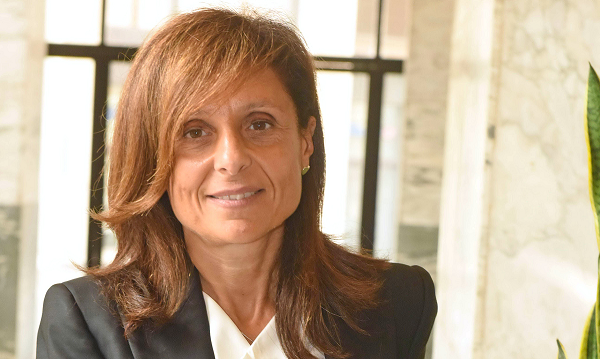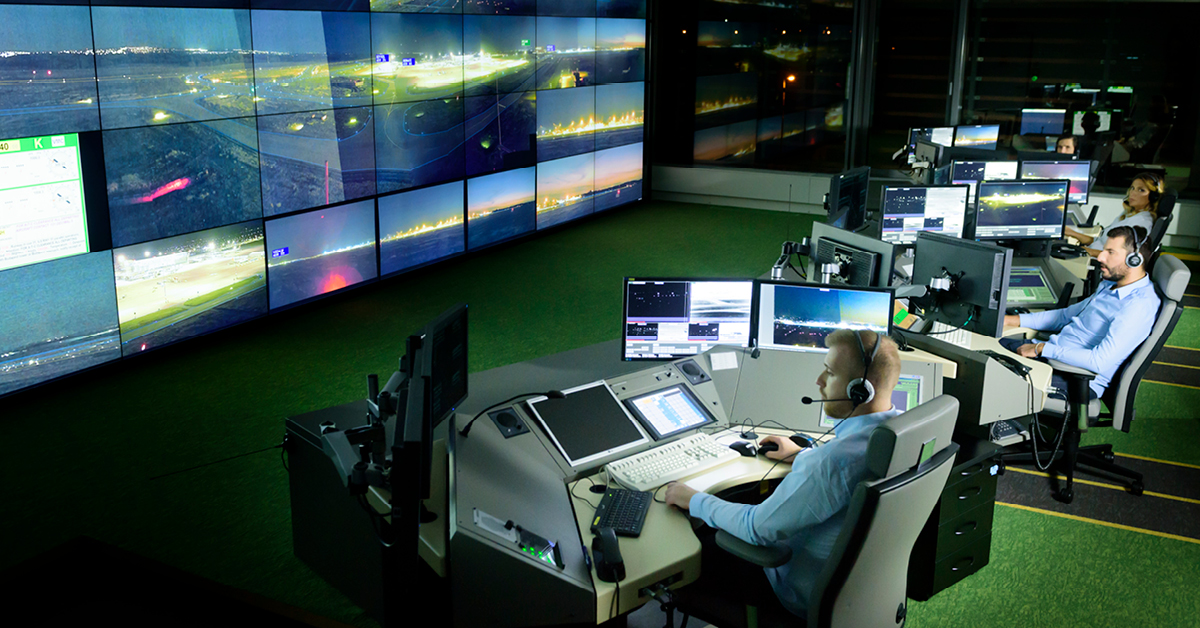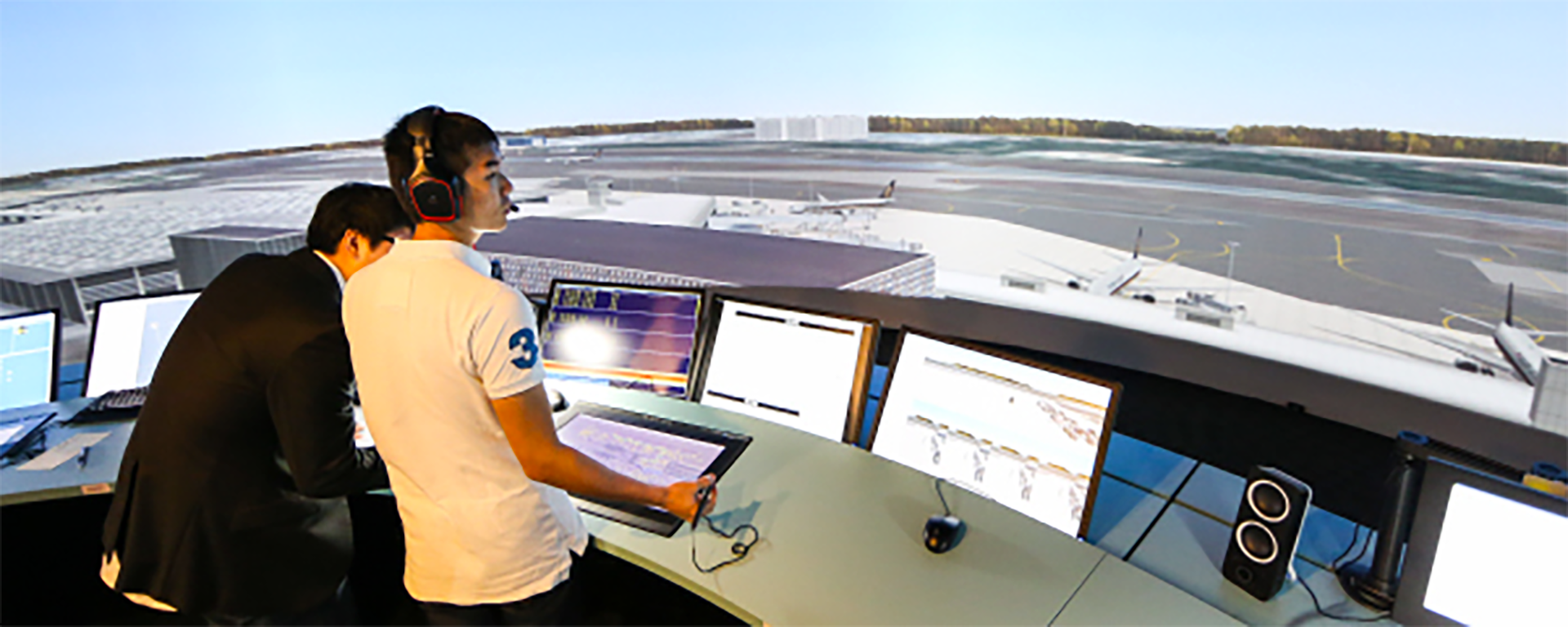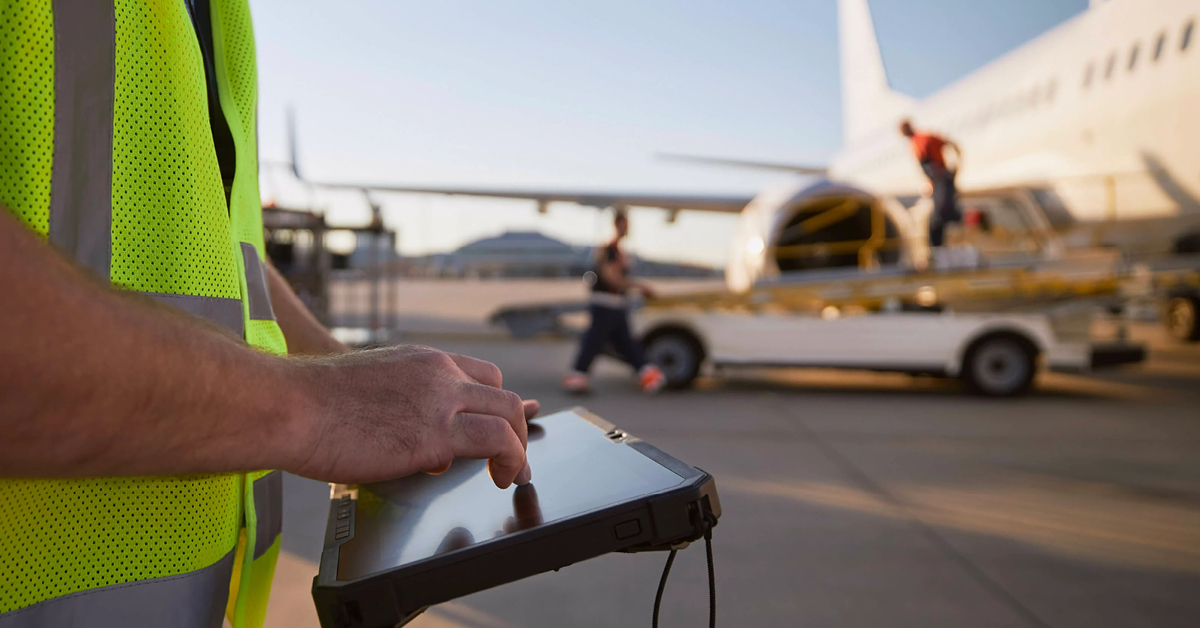Airspace Q1 2019 – Position and predict

Roberta Neri, CEO of Italian ANSP, ENAV, tells Airspace editor Graham Newton that new technologies, including 4D trajectory management, will be crucial to easing airspace congestion in Europe.
What influence has the ENAV initial public offering (IPO) had on your performance?
ENAV has always focused on performance with the aim of responding to its customers’ needs by providing safe, efficient and environmentally friendly services.
Over the years we have invested in innovative technologies, in new operational concepts and in training our staff to deliver best-in-class services. We are proud of our operational performance, thanks to which there are almost no delays despite the significant increase in air traffic.
The timely implementation of free route procedures above 9,000 metres, well in advance of the regulatory deadline, has also provided savings to the airlines in terms of time, kilometers flown, fuel burn and CO2 emissions.
If anything, this focus on performance increased after the IPO as we now have an additional customer; our shareholders. This positive tension has helped the company to further focus on the long-term sustainability of the services we deliver and the charges our customers pay.
Do you think new ANSP business models, such as ENAV’s, will help air traffic management in general to progress more quickly?
We considered the complex European aviation sector – which is subject to strong economic regulation – when developing our business. We had to concentrate on the delivery of high-quality services and on achieving challenging performance targets.
It is this pressure on performance delivery, together with the new technologies available, that is bringing new business models to our sector, new ways of providing services and also new roles for the ANSPs.
Examples include the impact from the digitisation of control towers and the evolution from local infrastructure into global services. Also, Aireon’s satellite automatic dependent surveillance–broadcast and key ATM systems, such as flight data processing (FDP) are being provided as a service to other ANSPs and were not possible until a few years ago.
There will be many more innovations that respond to the challenge of air traffic growth and new requirements, such as very low level and very high-level flights, as well as emerging technologies and new entrants in our sector.
In terms of low-level flights, how important will unmanned aircraft systems traffic management (UTM) be to future ANSP operations?
UTM has huge potential to promote social and economic growth and ENAV is fully committed to support this development while still ensuring the safety and predictability of civil aviation.
Unmanned aviation, manned aviation and military users have to share airspace. So there is no doubt that UTM will have an impact on ANSP activities. ANSPs therefore have a crucial role to play in delivering UTM and ensuring the coexistence of UTM and ATM.
We have set-up a UTM-dedicated subsidiary “D-flight”, in which key industrial partners, Leonardo, IDS and Telespazio are shareholders. Through D-flight, we have started the delivery of some initial services, such as the registration of drones, the publication of maps, and the provision of information to users. This will quickly evolve to respond to customers’ needs and to exploit the full potential of drones.
Looking at high-level flights, what were the challenges in implementing free route airspace and what are the benefits?
Implementing free route airspace (FRA) required a significant effort from ENAV in several areas, including FDP system updates, innovative operational procedures, new tools and training for air traffic controllers and cooperation with the regulator and the military. It also required a real effort from the corporate, operational and technical departments.
But after more than two years since its implementation (in May 2016, we implemented FRA above 11,000 metres and then in May 2018 extended this to above 9,000 metres), we have satisfied users and satisfied operational staff.
We are collecting information on the benefits and this information is being shared and validated throughout the ATM community as well as through European agencies, such as the SESAR Deployment Manager, which sponsored and participated in the different steps of the ENAV free route implementation.
Over the last two years, FRA implementation, together with the other initiatives ENAV has put in place as part of our flight efficiency plan, has enabled savings of more than 11.5 million kilometres, 75 million kgs of fuel and 236 million kgs of CO2.
Why did you decide to cooperate with IATA on a national airspace strategy?
Air travel is set to grow 50% across Europe over the next 20 years and our goal is to satisfy this demand.
ENAV, together with IATA and other key aviation actors (airlines, airports, regulators and military authorities), have joined forces to face the important challenges that the sector will have to deal with in the coming years, including the capacity saturation of airspace and airport infrastructure.
We value the importance of developing and implementing a strategy together to further support the ongoing modernisation of our national airspace with benefits for all parties involved, including the passengers.
This initiative is an additional tool, together with the European projects related to the Single European Sky (SES), that we would like to use to create synergies and promote cooperation.
What are the enablers to achieve a seamless European sky? How will the (SESAR JU) Airspace Architecture Study help?
The SESAR JU Airspace Architecture Study can be a powerful tool to further enhance existing initiatives under the umbrella of the Single European Sky.
Functional Airspace Blocks, for example, have shown some limitations, bringing additional administrative complexity within the system and not fulfilling the initial expectations. We therefore have to rethink some of the initial SES tools while reinforcing the ones that are delivering results.
The upcoming digitisation measures mentioned in the study and a proactive Network Manager will enable new operational concepts and different options for ATM service provision. As mentioned, there will also be fresh and improved business models, which will bring more efficiency and increased cost-effectiveness, providing benefits to the airspace users and the aviation sector in general.
The outcome of the study will have to be used, in cooperation with the ANSPs, airports and airspace users, to define the next steps in the SES strategy
Will 4D trajectory management make a significant improvement to European airspace?
4D trajectory management (4DTM) enables ATM systems to improve the way they predict the trajectory and the position of an aircraft. It is likely to be the most valuable improvement currently in the pipeline of the overall SESAR validation chain.
As soon as it is validated, 4DTM will ensure increased predictability, allowing us to remove the bottlenecks we are experiencing today. 4DTM is also likely to enable new opportunities for ANSPs and airspace users, such as evolving contractual arrangements thanks to this enhanced precision.
Will data-link communications make a difference to ATCO workload and ENAV efficiency?
Data link communication initially suffered from disconnections caused by the use of a single frequency. However, it provides us with a very important lesson learned; that by working together the aviation community is able to overcome such problems.
Multi-frequency data link communication, implemented correctly, will help ease ATCO workload and ensure improved ATM performance as the messages will be clear and less prone to error than voice communication.
In general, what do you see as the major challenges and opportunities for ANSPs in the next 5-10 years?
The next 5-10 years will be crucial for aviation and in particular for the ANSPs. There are a number of challenges ahead, the most important one being how to successfully manage the rapid growth in air traffic. This growth will put the whole system under incredible pressure. Technology and operations will have to evolve quickly to respond to the demand.
And to adapt to changing needs, new operational concepts have to be implemented. Two important factors will enable and support such evolution: regulation and the human dimension.
Regulators will have to ensure that new concepts and systems can be deployed safely and in a timely manner. At the same time, the role of the human in the system will need to change to fully benefit from automation, remote technology concepts and digitisation.
Indeed, the digital transformation of ATC is really around the corner, and we need to focus on system architecture as well as on governance and new service provision models.
Virtualisation of systems and remote provision of air traffic services will be the focus of the next cycle of SESAR research and innovation and will be a priority for ENAV as it is already strongly engaged on those threads.
In general, we are positive about the future as the technology is there and the pressure from traffic growth will help to speed up implementation.
How can the industry encourage diversity, particularly the number of women in leadership positions?
Our company has a military history and, for this reason, women in top management positions is not one of our distinctive features. Folllowing demilitarisation, women now represent 12% of our ATCO total. And there are some in leadership positions. Just a few years ago, we chose the first female head of Brindisi Tower.
To constantly encourage diversity, within our strategic sustainability plan, one of our objectives is to develop a policy based on diversity and equal opportunities by the end of 2019.



